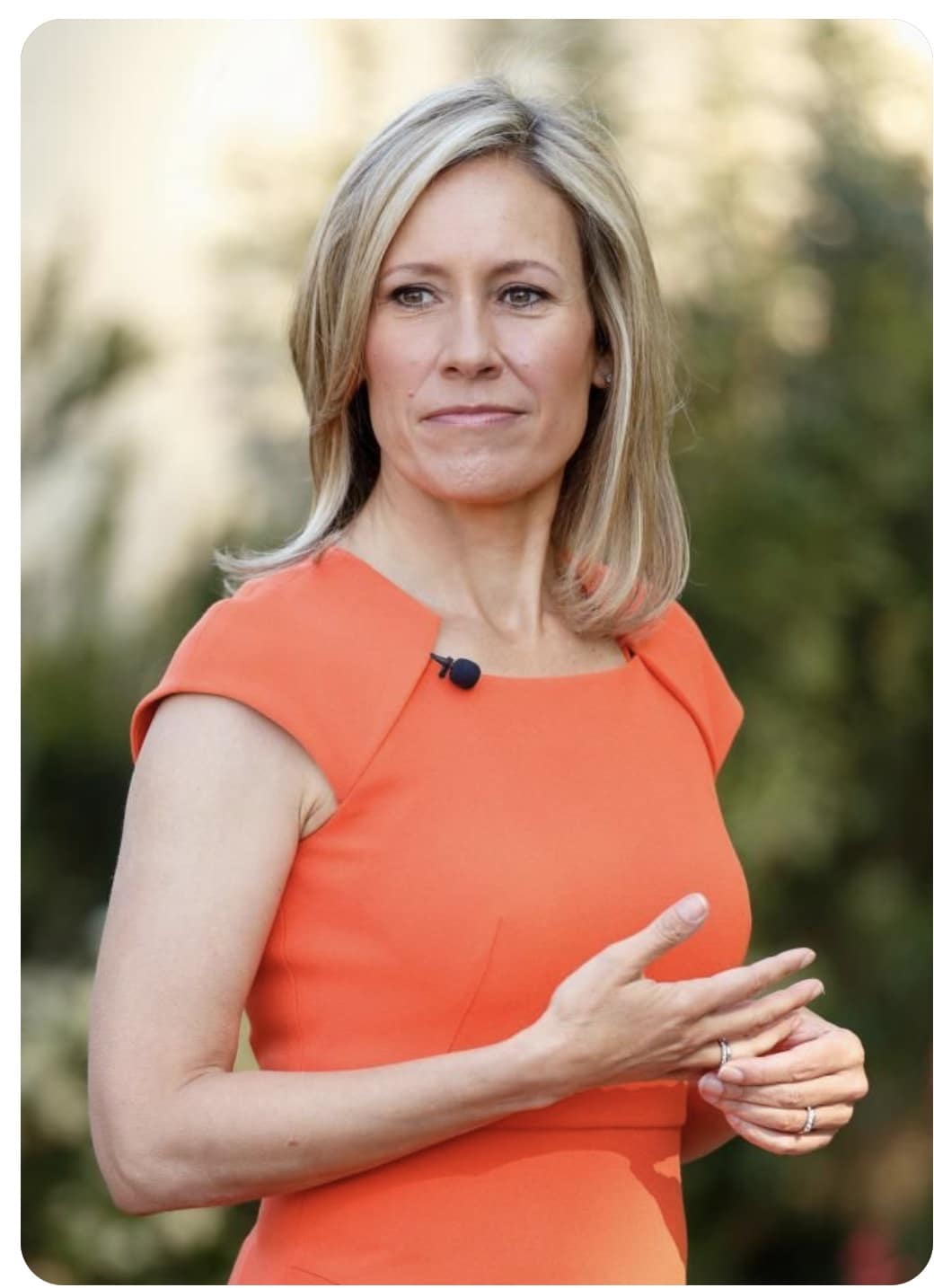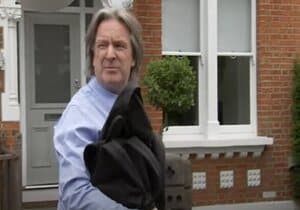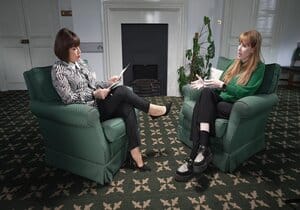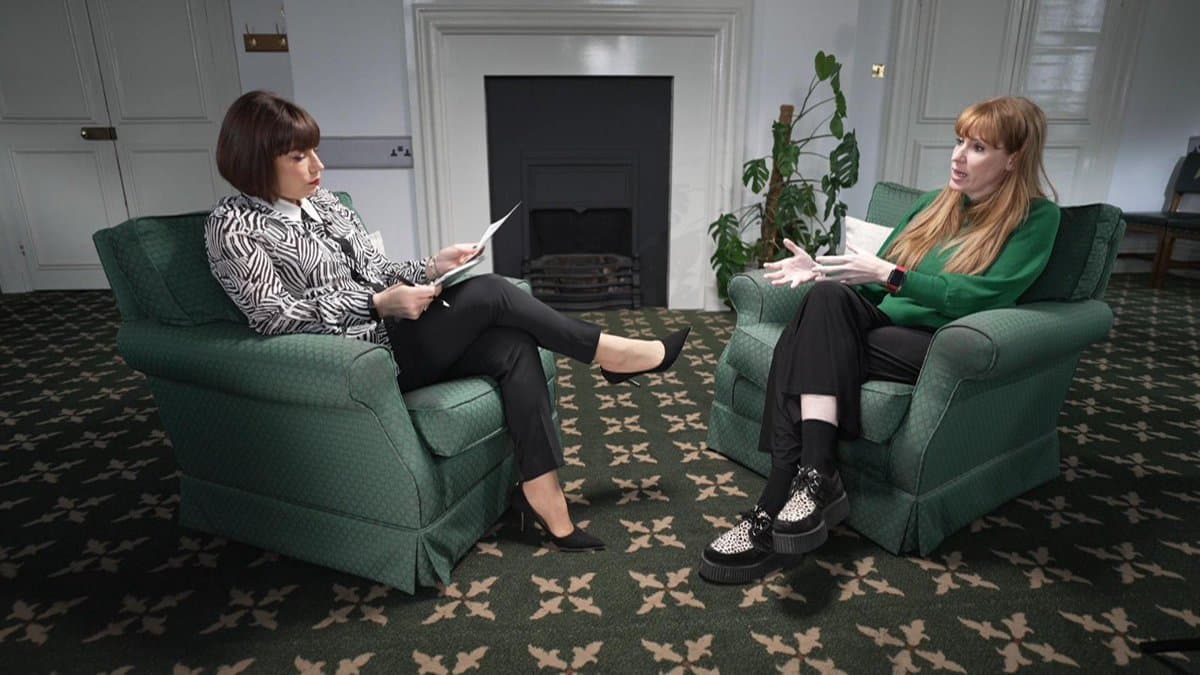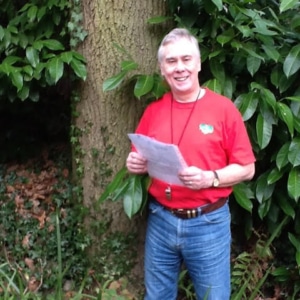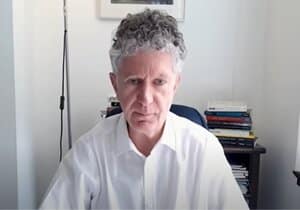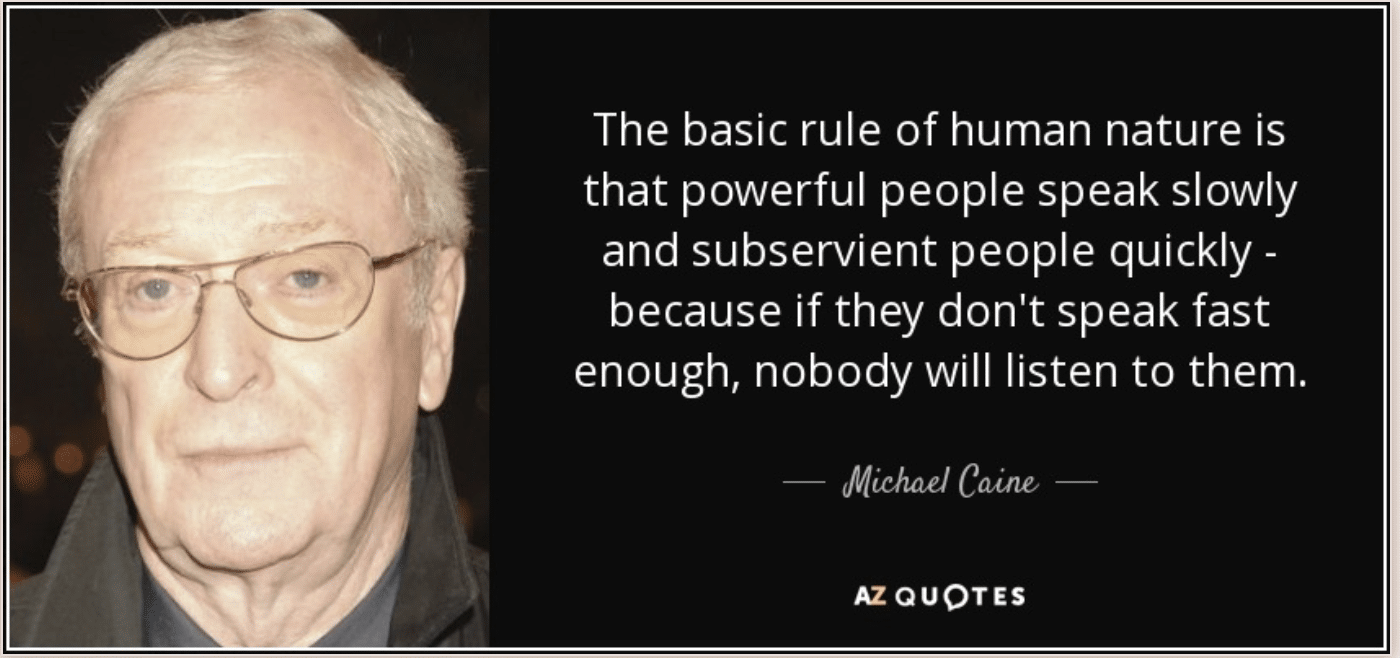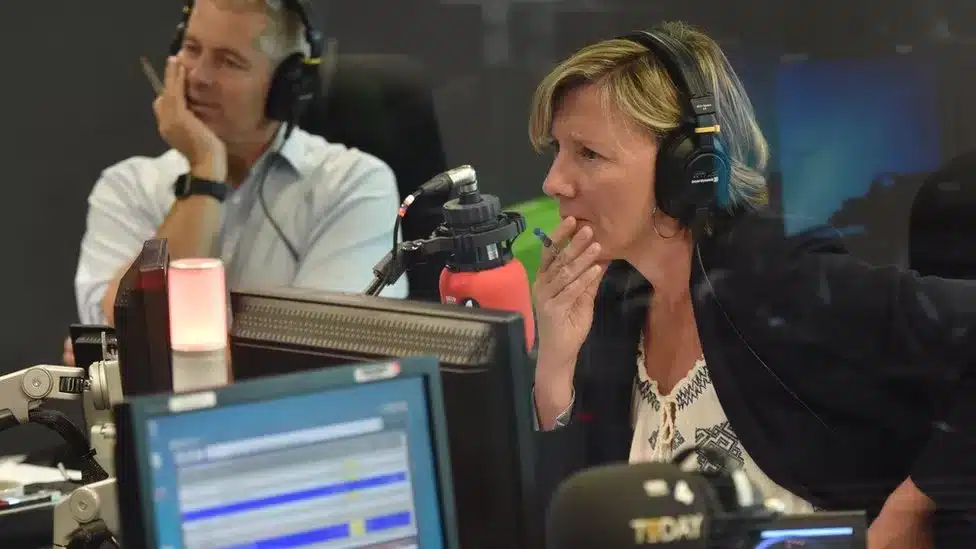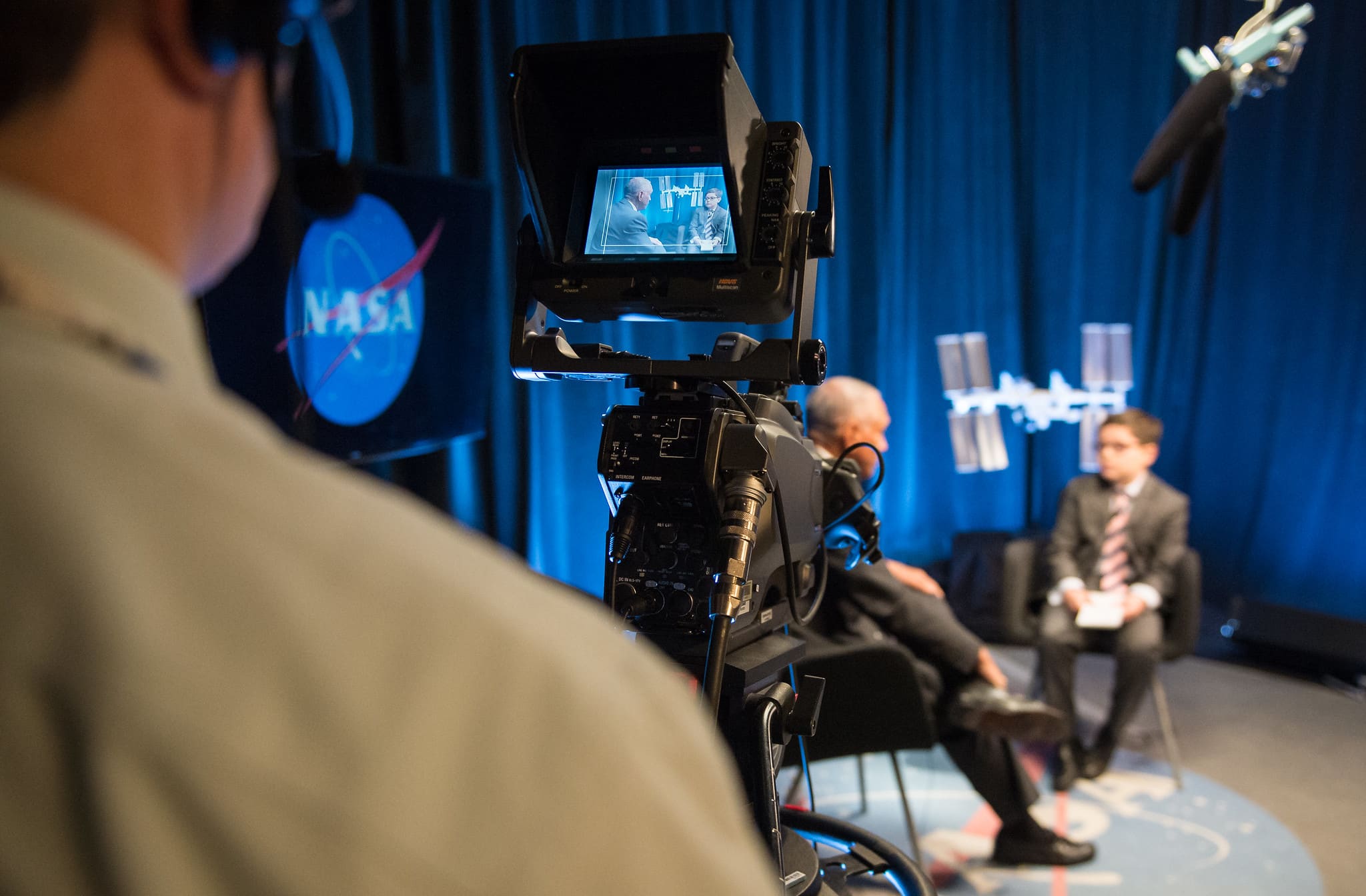A Journalist, a CEO and the Urge to Gossip
The fallout from the mishandling of the closure of Nigel Farage’s Coutts bank account is multifaceted and likely to continue for months. But the media training lesson is as simple as it comes and is included in even the most basic of media training courses. Don’t gossip with journalists. Don’t assume comments are off the record. Remember the mantra: always a journalist, sometimes a friend.
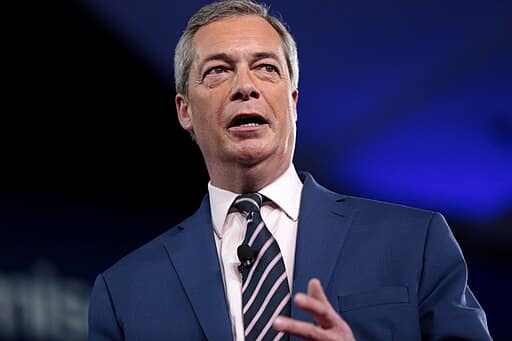
Former UKIP Leader Nigel Farage has been at the centre of controversy over debanking
In this case, the CEO of NatWest (which owns Coutts) sat next to the BBC ‘s business editor Simon Jack at the BBC Correspondents Charity Dinner on July 3rd.
While neither appears to have revealed the exact conversation, it is safe to assume he asked her what the real story is behind Farage’s debanking and she said something bland about it being a commercial decision based on the reduced amount of funds in Farage’s Coutts’ account.
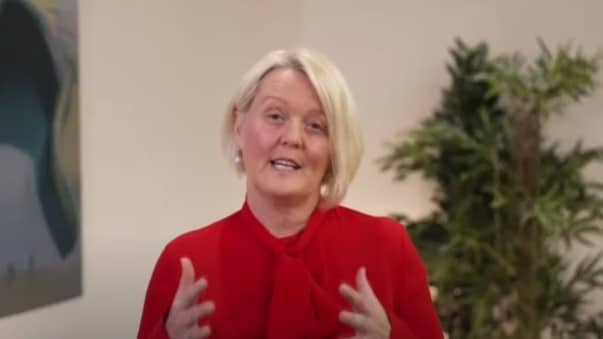
Dame Alison Rose
Unfortunately for Dame Alison Rose, there were two problems with what I am sure at the time felt like a diplomatic and unsensational response. First, as we now know, it wasn’t the truth, (I suspect she thought at the time it was) and second she spoke about a named customer and about how much money he had in his account, breaking all the rules of client confidentiality.
The following day, Simon Jack published an exclusive story headlined “Nigel Farage bank account shut for falling below wealth limit”. He quoted unnamed sources familiar with the Coutts move. But, in the circumstances, there was little question about where the titbit came from. Dame Alison Rose subsequently confirmed the information came from her.
It may be worth speculating about why someone as senior and as smart as Alison Rose might make this mistake.
First it was a social event, not an interview. She would likely assume there was off-the-record protection to their conversation. And in fact, Simon Jack did respect the circumstances by not naming her.
Second, I would speculate that Simon Jack, who I don’t know, is great company. On air he is self-effacing and with a slightly bumbling manner that reminds me a bit of Boris Johnson. From my point of view, he is an excellent business editor because he explains complex issues very clearly and without sounding as if he is a city insider.
(The reporting of some of his competitors – naming no names – often make them sound like they have membership of a rather superior gentleman’s club.)
Third, never underestimate the urge to show you are in the know. It is a strong human instinct. If someone asks you a question you know the answer to, it is ridiculously hard not to demonstrate your knowledge.
But the thing I always warn those I train is, journalists understand that human instinct, and they know how to exploit it. A lot of the stories told about modern journalism are around aggressive interviews, and they do happen. But most interviews appear friendly and mostly enjoyable. Journalists are social animals who are good at getting people to talk.
I suspect Alison Rose, having been lulled into a false sense of security by a seasoned operator, succumbed to the very human urge to show she was across what was happening in her business.
I also suspect that Simon Jack wasn’t out that night to get a scoop, Rose wasn’t the target of a Machiavellian plot. He probably just did what he always does in company and got lucky with a titbit of information that sounded bland in context, but moved the story forward – and therefore gave the BBC a scoop.
If you think your team need reminding about the rules of engagement when dealing with journalists email us on enquiries@themediacoach.co.uk or phone 020 7099 2212.
Images Credits:
Nigel Farage: This image was originally posted to Flickr by Gage Skidmore at https://flickr.com/photos/22007612@N05/33149372715. It was reviewed on 28 February 2017 by FlickreviewR and was confirmed to be licensed under the terms of the cc-by-sa-2.0.
Dame Alison Rose: YouTube


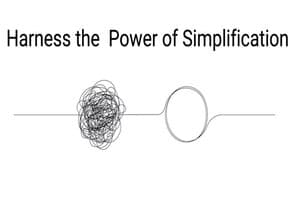
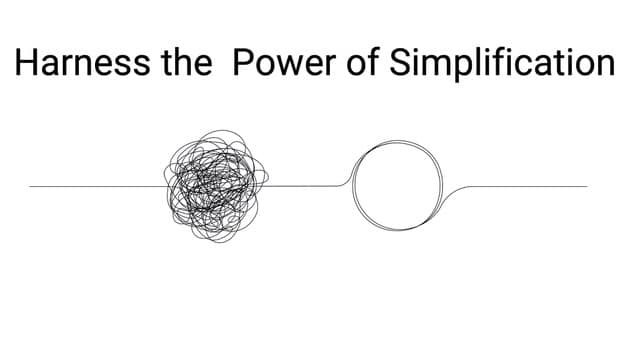

 Secondly, it gives the camera person somewhere to attach your microphone without invading your personal space by fumbling around trying to hide the wire. We don’t really want to see trailing wires on screen and so I sometimes have to explain to a woman wearing a one-piece dress that she is going to have to pass the microphone up through the inside of her dress so that we can hide the cable! This is not ideal. But wear a jacket and I can have the mic attached to you in seconds.
Secondly, it gives the camera person somewhere to attach your microphone without invading your personal space by fumbling around trying to hide the wire. We don’t really want to see trailing wires on screen and so I sometimes have to explain to a woman wearing a one-piece dress that she is going to have to pass the microphone up through the inside of her dress so that we can hide the cable! This is not ideal. But wear a jacket and I can have the mic attached to you in seconds.